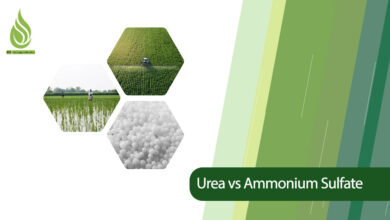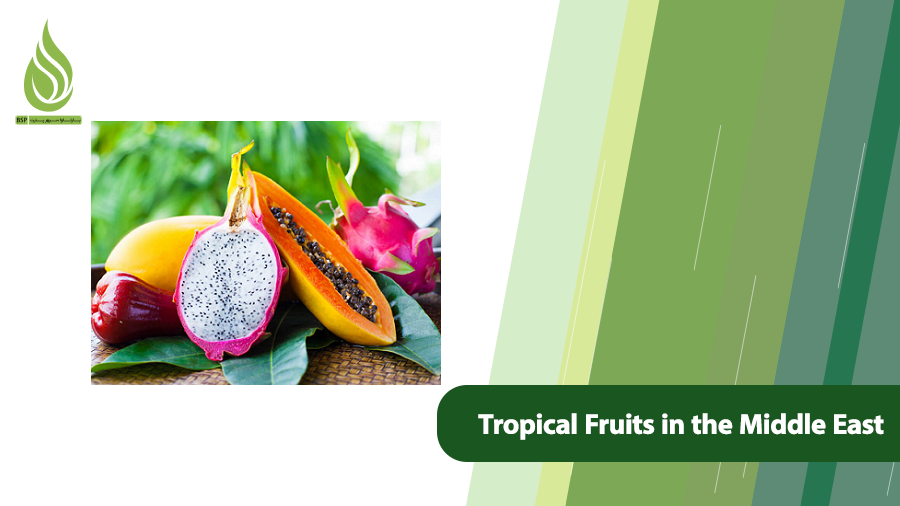
Which Tropical Fruits Are Possible to Grow in the Middle East?
The Middle East, known for its arid landscapes and diverse climates, may not be the first region that comes to mind when thinking about tropical fruits. However, with advancements in agriculture and an understanding of the right cultivation techniques, growing tropical fruits in this region is becoming increasingly feasible. This article will delve into the world of tropical fruits, the suitable climatic conditions for their growth, regions in the Middle East where they can thrive, and the specific fruits that can be successfully cultivated.
Getting to Know Tropical Fruits and Their Importance
Tropical fruits are typically grown in warm, humid climates and are known for their vibrant flavors, colors, and nutritional benefits. These fruits, including bananas, mangos, and papayas, are not only delicious but also rich in essential vitamins and minerals. For instance, bananas are a great source of potassium and vitamin C, while mangos provide important antioxidants and vitamins A and E.
According to the Food and Agriculture Organization (FAO), tropical fruits are important for dietary diversity and can contribute significantly to food security in regions where they are cultivated. They are not only consumed fresh but also processed into juices, jams, and other products, adding value to local economies. Furthermore, the cultivation of tropical fruits can help diversify agricultural practices, reducing dependency on traditional crops like wheat and barley, which are more common in the region.
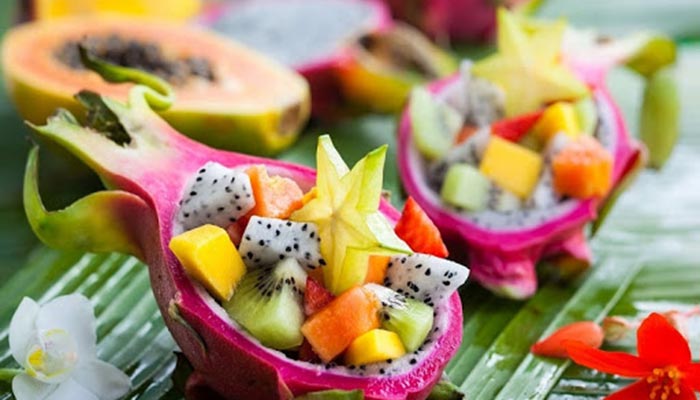
Local farmers can benefit from growing tropical fruits by tapping into both domestic and international markets. As global demand for exotic fruits continues to rise, the Middle East can position itself as a producer of high-quality tropical fruits, catering to both local consumption and export markets.
Suitable Climatic Conditions for Planting Tropical Fruits
Tropical fruits generally require specific climatic conditions to flourish. These include:
- Temperature: Most tropical fruits thrive in temperatures ranging from 20°C to 30°C (68°F to 86°F). Some fruits, such as mangoes, can tolerate higher temperatures but are sensitive to frost. Therefore, understanding the temperature fluctuations in a given region is crucial for successful cultivation.
- Humidity: High humidity levels (around 60-80%) are ideal for the growth of tropical fruits. Humidity plays a significant role in the physiological processes of plants, affecting photosynthesis and transpiration rates. Regions with low humidity may need additional irrigation or misting systems to create a suitable growing environment.
- Rainfall: While some tropical fruits can tolerate dry spells, consistent rainfall of about 1000mm to 2000mm (39 to 79 inches) annually is beneficial. Proper water management is essential; farmers may need to implement drip irrigation systems to ensure that fruits receive adequate moisture without over-saturation, which can lead to root rot and other diseases.
Understanding these climatic conditions is crucial for farmers in the Middle East to determine which fruits can be grown successfully. Regular monitoring of weather patterns and utilizing technology to predict climatic changes can enhance productivity and mitigate risks associated with climate variability.
Which Regions in the Middle East Can Grow Tropical Fruits?
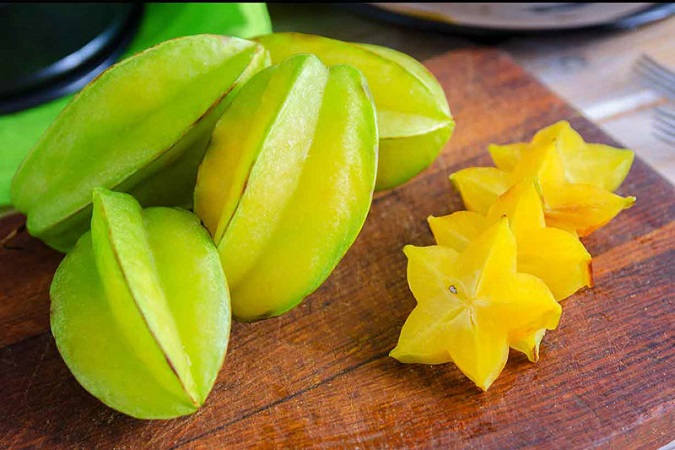
The Middle East is characterized by a variety of climatic zones, from arid deserts to more temperate regions. Some areas are particularly well-suited for growing tropical fruits:
- Southern Iran: Regions such as Hormozgan and Sistan and Baluchestan have a warm climate that is conducive to growing tropical fruits. The coastal areas benefit from higher humidity levels, making them ideal for fruits like bananas and papayas. In addition, the fertile soil in these regions can support diverse agricultural practices.
- Oman: The coastal areas of Oman benefit from milder temperatures and higher humidity, making them ideal for tropical fruit cultivation. Oman has made significant investments in agricultural technology and practices, allowing farmers to grow a variety of tropical fruits year-round. The government has also initiated programs to support farmers in transitioning to more diverse crops, including tropical fruits.
- United Arab Emirates: The UAE has invested in agriculture technology, enabling the growth of tropical fruits in controlled environments. Greenhouses and hydroponic systems are increasingly being used to cultivate fruits like mangoes and dragon fruit in the desert climate. The UAE’s commitment to food security and sustainable practices further supports the expansion of tropical fruit farming.
By leveraging these favorable regions, farmers can tap into the lucrative market for tropical fruits. Collaborations between local governments, agricultural experts, and farmers can enhance knowledge-sharing and best practices for successful cultivation.
What Are the Tropical Fruits That Can Be Planted in the Middle East?
Here are some tropical fruits that can be successfully cultivated in the Middle East:
Banana
Bananas are among the most popular and widely consumed tropical fruits globally. They thrive in warm, humid conditions and can grow well in regions with well-drained soil. The Middle East, particularly in Oman and southern Iran, provides suitable conditions for banana cultivation. A study by the FAO indicates that banana production in the region can significantly increase local food security.
Bananas require a consistent supply of water, and their cultivation can benefit from an irrigation system that mimics their natural growing conditions. Additionally, bananas are fast-growing plants, with yields typically achievable within nine months of planting. This rapid growth cycle makes them a profitable crop for farmers looking to enter the tropical fruit market.
Papaya
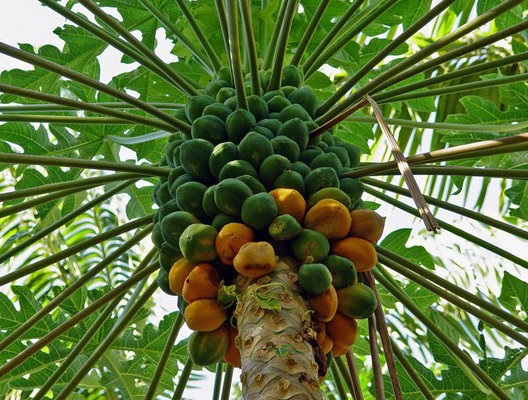
Papayas are fast-growing tropical fruits that can yield fruit within 6 to 12 months of planting. They require warm temperatures and are sensitive to frost, making them suitable for the warmer regions of the Middle East. Papaya trees can grow in various soil types, but they prefer well-drained sandy loam. This fruit not only serves as a nutritious food source but also has various health benefits, including aiding digestion.
Before planting, conducting soil testing can ensure that the soil’s pH and nutrient levels are optimal for papaya growth. Papayas can be grown from seeds or seedlings, with the latter typically offering a faster yield. Farmers can cultivate papayas in open fields or greenhouses, depending on local climatic conditions and available resources.
Mango
Mangoes are often referred to as the “king of fruits“. They thrive in warm climates and can withstand dry conditions, making them a good candidate for the Middle East. Regions like southern Iran and parts of the UAE have seen successful mango cultivation. According to the International Society for Horticultural Science, mango production can be enhanced through proper irrigation techniques and soil management.
Preparing agricultural land effectively, including ensuring the right soil composition, is crucial for successful mango farming. Mango trees typically require well-drained soil, and farmers should avoid overwatering, which can lead to root rot. Once established, mango trees can produce fruit for many years, making them a long-term investment for farmers.
Dragon Fruit
Dragon fruit, or pitaya, is gaining popularity due to its unique appearance and health benefits. It grows on cactus plants and is well-suited to arid climates, making it a perfect fit for the Middle East. Dragon fruit requires minimal water and can thrive in sandy soils. Its cultivation is on the rise in various regions, including Oman and the UAE.
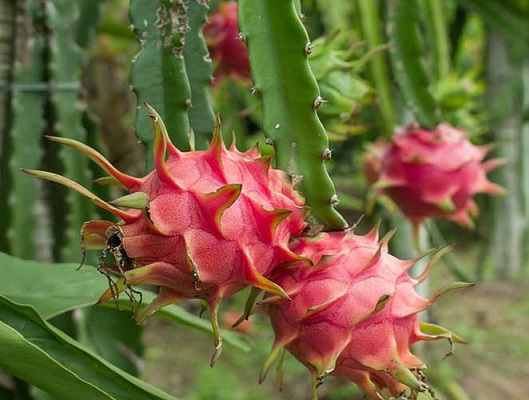
Dragon fruit is known for its striking appearance, with bright pink or yellow skin and white or red flesh speckled with tiny black seeds. It is rich in antioxidants, vitamins, and minerals, making it a sought-after fruit in health-conscious markets. Farmers can cultivate dragon fruit in both open fields and greenhouses, with the latter allowing for better control over growing conditions.
Pineapple
Pineapples are another tropical fruit that can be cultivated in the Middle East. They prefer well-drained soil and require consistent moisture. Although pineapples can be challenging to grow due to their specific needs, the controlled environments of greenhouses in the region can facilitate their successful cultivation.
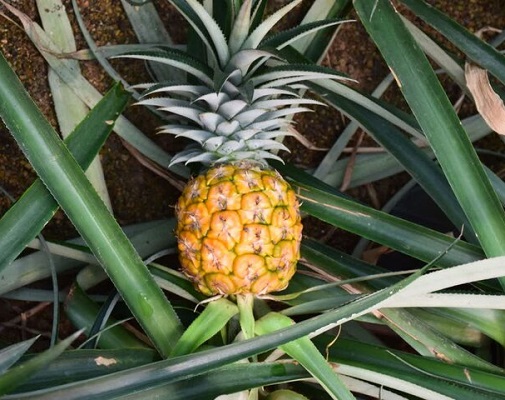
Incorporating organic fertilizer can enhance soil fertility and promote healthier pineapple plants. Pineapples are usually grown from crowns, slips, or suckers, and they require a warm, sunny spot to thrive. The growing cycle can take up to 18-24 months before the first fruits are harvested, but pineapples can be a lucrative investment due to their popularity and culinary versatility.
Guava
Guava trees are hardy and can adapt to a range of soil types. They thrive in tropical and subtropical climates, making them suitable for various areas in the Middle East. Guava is rich in vitamin C and dietary fiber, making it a valuable addition to local diets. Guava trees are relatively low-maintenance and can be grown in both open fields and containers, allowing for flexibility in farming practices.
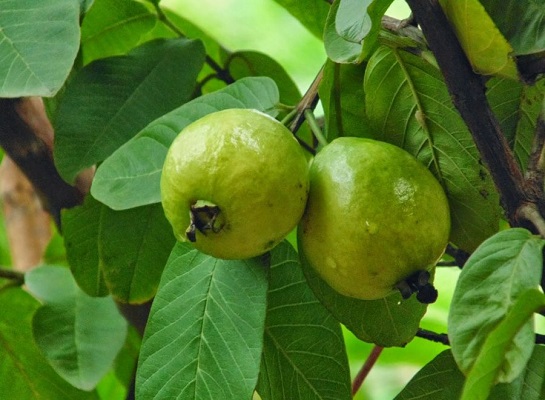
Guavas can be eaten fresh or used in juices, jams, and desserts, offering local farmers multiple avenues for product development. The fruit’s aromatic flavor and health benefits make it increasingly popular in both domestic and international markets.
Planting Tropical Fruits in the Greenhouse
Greenhouse farming is an innovative way to cultivate tropical fruits in the Middle East, particularly in regions with harsher climates. By controlling temperature, humidity, and light, farmers can create an optimal environment for growth. This method not only allows for year-round cultivation but also protects plants from pests and diseases.
Greenhouses can be equipped with advanced irrigation systems, ensuring that tropical fruits receive the necessary moisture without over-saturating the soil. Additionally, hydroponic and aquaponic systems can further enhance production, making it a sustainable choice for farmers looking to enter the tropical fruit market. These systems utilize less water compared to traditional farming methods and can result in faster growth rates.
Farmers can also implement integrated pest management (IPM) strategies within greenhouses, reducing the need for chemical pesticides and promoting healthier crops. By utilizing organic fertilizers and natural pest control methods, greenhouse farming can align with sustainable agricultural practices that are increasingly important in today’s market.
What Are the Advantages of Planting Tropical Fruits in the Middle East?
The benefits of cultivating tropical fruits in the Middle East are numerous:
- Economic Opportunities: Growing tropical fruits can provide significant income for farmers, contributing to local economies. As demand for exotic fruits increases, farmers can capitalize on export opportunities. The global fruit market is expanding, and tropical fruits are becoming more popular among consumers seeking variety and health benefits.
- Nutritional Diversity: Tropical fruits enrich the local diet, offering a variety of vitamins and minerals that may not be as readily available in traditional crops. This diversification can lead to improved health outcomes for communities and reduce dependence on staple crops that may be more susceptible to climate change.
- Sustainability: By adopting modern agricultural techniques and greenhouse farming, farmers can promote sustainable practices while maximizing yield. Sustainable agriculture can reduce the environmental impact of farming and help preserve local ecosystems.
- Job Creation: The cultivation and processing of tropical fruits can create new job opportunities in rural areas, helping to reduce unemployment. This can also lead to the development of related industries, such as food processing and distribution.
- Cultural Exchange: As tropical fruits become more popular in the Middle East, they can foster cultural exchange and appreciation for diverse culinary traditions. This can enhance the region’s food culture and promote tourism related to culinary experiences.
Conclusion
The potential for growing tropical fruits in the Middle East is vast, offering numerous opportunities for farmers and local economies. By understanding the climatic requirements and utilizing modern agricultural techniques, such as greenhouse farming, the region can capitalize on the growing demand for these exotic fruits. As the Middle East embraces this agricultural shift, it opens the door to not only improving food security but also enhancing the livelihoods of many in the region.
With dedication and innovation, the cultivation of tropical fruits can transform the agricultural landscape of the Middle East for the better. By investing in education, research, and collaboration among stakeholders, the region can ensure a sustainable future for tropical fruit farming, creating a thriving sector that benefits both local communities and the economy as a whole. As we look ahead, the Middle East has the potential to become a prominent player in the global tropical fruit market, enriching the lives of many along the way.
